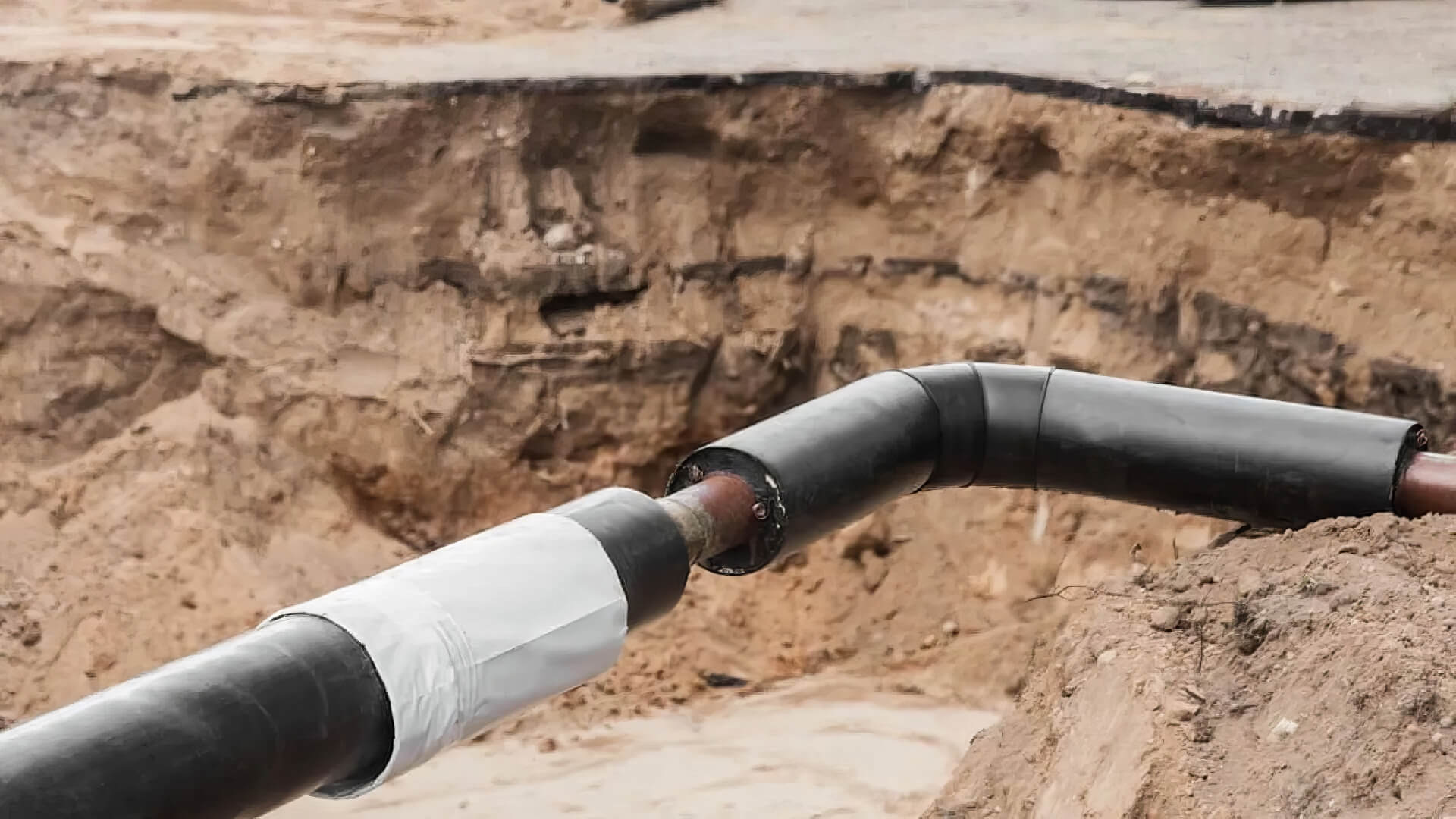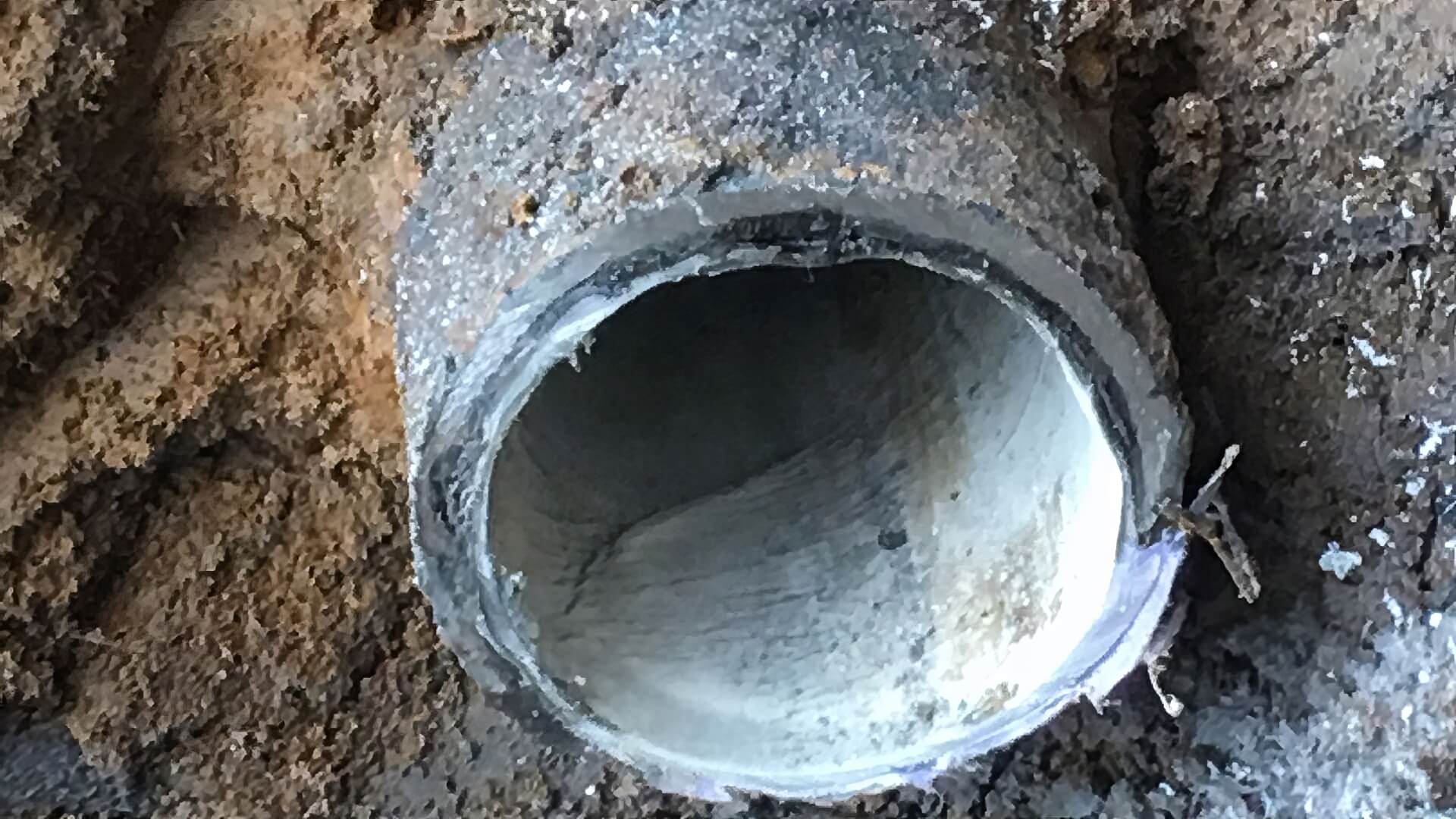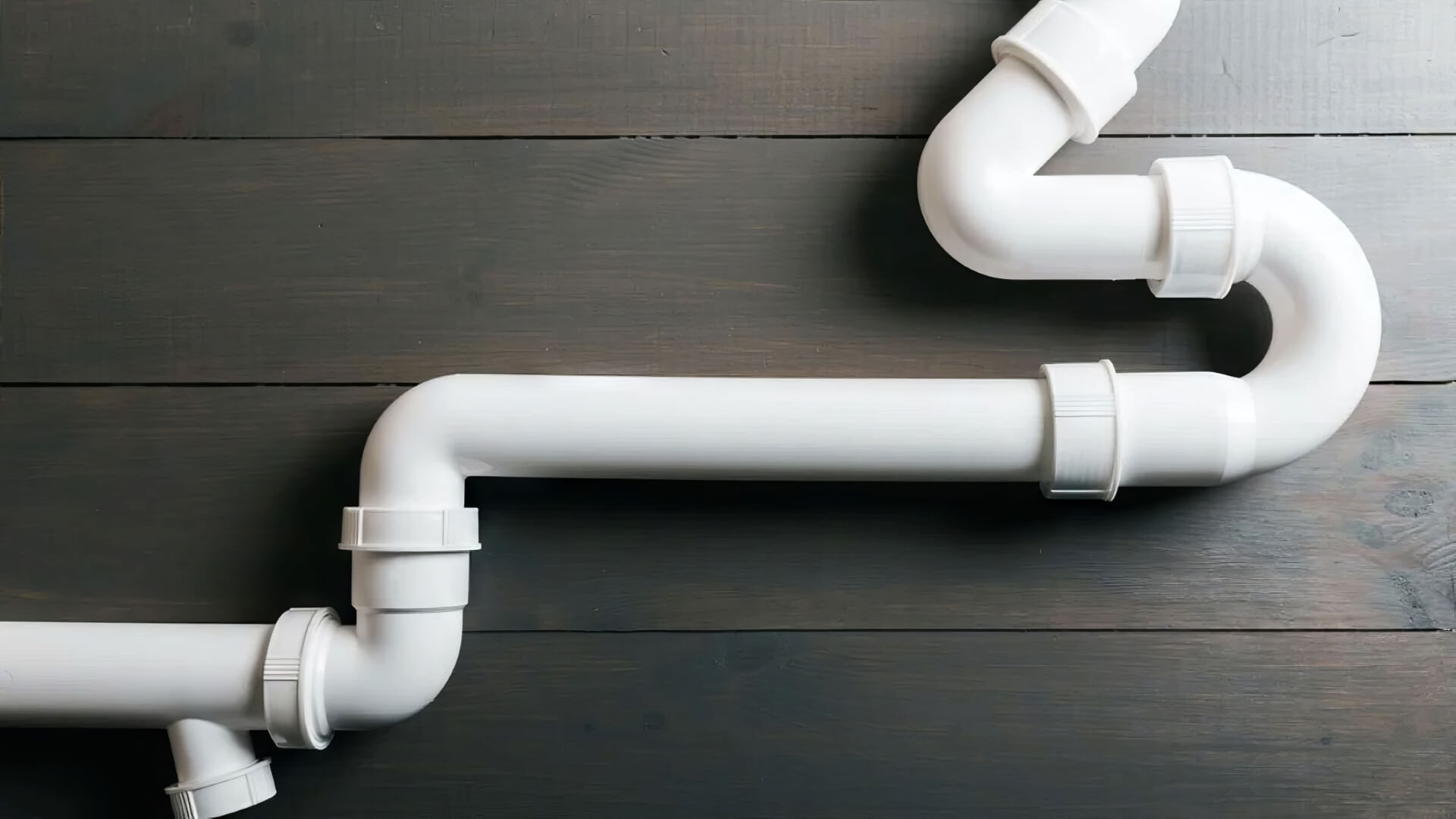Introduction: Key Differences Between Plumbing and Appliance Problems
Distinguishing plumbing drainage issues from severe plumbing emergencies is essential for quick and effective problem resolution. Although some complications might seem well-known, Recognizing when a situation demands emergency intervention means understanding the specific root causes that need immediate attention.
Plumbing emergencies typically require the specialised expertise of gas fitters to address issues in both residential and commercial settings, including water supply, drainage, gas lines, and sewerage. Conversely, appliance faults typically arise from specific household items such as dishwashers, washing machines, and hot water systems, which are usually not found in commercial settings.
Common triggers that can signal a problem within your plumbing system include leaks, blocked drains, low water pressure, and burst pipes, potentially signifying a larger problem your system faces.
Appliance faults often stem from electrical or mechanical issues within devices like washing machines and dishwashers, which specialists can pinpoint and address. Plumbing problems can quickly cause widespread damage to pipes, impacting the entire water supply and drainage system of your property. While a repair technician may be required for specific appliance faults, understanding the distinction between plumbing and appliance issues allows professional plumbers to effectively tackle problems in various settings.
Common Signs of a Plumbing Issue
Several clear indicators can help you identify plumbing issues as opposed to appliance faults. Staying vigilant to these warning signs is crucial for swift diagnosis and can help prevent further damage to your property.
- Persistent leaks may arise from material incompatibility, such as when copper pipes meet galvanised steel.
- A noticeable reduction in water pressure at various fixtures can signal potential plumbing problems, such as a hidden gas leak or a compromised main water line.
- Strange gurgling noises emanating from toilet bowls or sink drains, which could be due to blockages.
- Foul odours that come out of drains or surrounding basin areas.
- Discoloured water, which could indicate issues from fixtures running toilets to corroded pipes.
- Staining on walls or ceilings from concealed water damage.
- Cracks in concrete floors near walls, which could be indicating a more serious slab leak.
- Pooling Leak water around the hot water system’s expansion relief valve is an issue that needs to be taken care of promptly.
Ignoring minor issues may necessitate emergency plumber services, especially in severe cases like burst water pipes. A burst pipe can spill significant volumes of water into your home, deviating from standard plumbing scenarios. Neglecting blocked drains can lead to severe issues, such as internal raw sewage backup that requires immediate plumber intervention. Leaks can cause moisture to accumulate within plumbing systems, leading to mould growth and underscoring the need for timely plumbing intervention to maintain air quality.
Hard water, high in minerals, can corrode or clog pipes, often calling for a residential plumber’s expertise. Prompt recognition of a plumbing emergency and turning off the water immediately can prevent extensive damage in both residential and commercial settings.
Typical Signs of an Appliance Problem
There are a few key signs that indicate you’re dealing with an issue specific to an appliance, rather than a plumbing problem:
- Your appliance isn’t functioning as it should, for instance a washing machine not spinning or draining properly.
- You notice issues such as the pilot light constantly going out or leaks originating directly from the appliance itself, like water dripping from the bottom of a hot water system.
- Loud or unusual noises are coming from the appliance, from rattling inside a dishwasher to buzzing in a refrigerator.
- Error codes or messages appear on digital displays, which often provide a specific fault diagnosis.
- A sudden loss of hot water throughout your home clearly indicates that your water heater or boiler may need repairs.
Isolating water leaks to an individual household appliance suggests the problem is more likely due to specific machinery, eliminating broader plumbing concerns. Instead, a problem likely exists within the electrical components, mechanical parts or individual programming of that machine, where you’ll want a professional’s assessment.
promptly arranging a same-day appliance repair from a specialist can take care of malfunctions quickly, alleviating stress for your appliances and potentially saving you from plumbing work suitable for residential and commercial needs.
Locating the Source of a Leak
To pinpoint the source of a water leak, a systematic room-by-room approach is necessary, tracing it back to a specific appliance or the broader plumbing infrastructure.
- Make sure all elements of your plumbing receive scrutiny, by meticulously inspecting every exposed pipe, joint, valve and connection for any hints of leakage or dampness to forestall additional problems. Joints where differing piping materials converge can often be the culprit that cause issues, featuring prominently as a source of water wastage.
- Check areas around water-using appliances like dishwashers, washing machines and hot water systems. Drips originating from gas hot water systems themselves likely indicate an internal leak.
- Note damp areas on walls and ceilings which may reveal concealed pipe leaks. Moisture staining often spreads outwards from the actual leak location.
- Attend to any sounds of running water within wall cavities, which might denote a breached water pipes.
- Inspect every fixture, like taps and the flow restrictor shower head, to confirm they have sufficient water pressure and steady flow. Decreased flow levels across multiple fixtures indicate a broader infrastructure issue.
- Flush toilets, testing for both hot and cold water flow within cisterns which should quickly refill after flushing.
System flushes for hot water installations and unclogging drains underscore the fundamental distinctions in maintenance that address a variety of plumbing needs, differentiating between residential and commercial applications.
If no leak source is found but pressures seem low, contact your plumber to check if underground supply lines may be damaged. Enlist professional services to inspect and repair plumbing leaks in your external pipes.
Troubleshooting Flow and Drainage Issues
Your plumber can confirm that many common flow and drainage challenges can often be addressed with simple home troubleshooting techniques. Below are one of the most common plumbing problems encountered in households, along with their practical suggested remedies:
- If your sink or shower drains slowly, try removing the drain cover and extracting any trapped hair or debris with pliers. Use a plunger to loosen blockages, or dissolve stubborn deposits with hot water and drain cleaner.
- Address running toilets by first removing excess paper, wipes or waste from the bowl that could be contributing to a poor flush. Pour a hot kettle of water directly into the bowl to clear residue in connecting pipes. Use a toilet plunger to plunge vigorously and dislodge the obstruction.
- For low water pressure at multiple fixtures, inspect supply line valves under sinks and behind toilets for proper open/close positioning. Partially closed valves restrict flow.
- If multiple fixtures display reduced flow, check your home’s main water shut-off valve outside and ensure it’s fully opened.
- Sediment buildup in faucet aerators, showerheads and toilet tank inlet tubes can reduce water volume. Unscrewing and soaking parts in white vinegar dislodges lime and calcium deposits.
Should your attempts to resolve issues prove unsuccessful, it’s prudent to enlist a plumber for a professional assessment of your home’s drainage system. Intrusive tree roots, collapsed drains or main sewer blockages require professional hydrojet drain clearing and pipe repair which residential plumbing systems are ill-equipped to handle.
Assessing When Professional Help is Needed
When facing issues at home, consider the complexity, safety risks, and your ability to manage the task to differentiate between a plumbing problem and an appliance malfunction.
You should immediately contact an emergency plumber from a licensed plumbing service upon encountering:
- Total loss of your water supply or issues with the fuse box, where issues can justify a call to emergency plumbing services.
- Significant leaks causing rapid flooding water in the affected area.
- Backed-up sewage or foul drain odours indoors.
- When you smell gas, it’s critical to respond right away, as leaks from various gas sources necessitate the skills of a certified gas fitter, given the risk of escalating to hazardous carbon monoxide concentrations that endanger safety.
- Signs of pipe corrosion, major cracks or burst pipes.
Similarly, when dealing with trouble in gas appliances, when calling on an expert becomes essential, as ignoring matters like pressure components or electrical mismatches can be quite costly, both in terms of time money.
Whereas, minor conundrums such as partially clogged drains, leaky taps or subpar shower pressure might not demand the immediate intervention of emergency plumbing services, they still need to get fixed promptly. But if repeated efforts to troubleshoot basic issues prove futile, an emergency that requires you should call a plumber for professional assistance after all.
Ultimately, so long as you remain vigilant for worsening issues or health dangers, trial and error around simple fixes presents an acceptable initial approach for managing your own rental property or home.
Calling a Plumber vs an Appliance Repair Technician
Correct diagnosis of the root cause behind a clogged drain, inconsistent water flow, or hot water supply issues is vital to deciding whether you need a commercial plumber or an appliance repair technician.
As licenced experts, Beverley Park Plumbing’s commercial plumbers can address burst pipes, gas leaks, blocked drains, sewer overflows and more for businesses. Our skilled team can handle commercial plumbing, ready to fix issue like hot water repairs on systems themselves, including all connected pipework.
However, for specific internal faults in washing machines, dishwashers or pool pumps, consult an appliance repair technician. They possess the expertise needed to diagnose and fix problems, encompassing everything from internal leaks to electrical faults and mechanical inconsistencies within distinct home appliances.
Situations warranting contact with Beverley Park Plumbing’s emergency plumbers at 1300 349 338 or [email protected] include:
- Low hot water pressure or volume from multiple taps, signalling plumbing pipework issues.
- Sewage odours, gurgling in your drains, or toilets overflowing indicate a blocked main drain.
- A heavy constant leak from water supply lines, hot water system valves or a type gas fitting.
- A pervasive gas smell within any area of your establishment demands immediate attention and isolation of the source.
Prompt contact upon identifying potential plumbing issues ensures our experts can minimise damage, restore functionality swiftly, and recommend a preventive maintenance strategy.
Preventative Maintenance for Optimal Plumbing and Appliances
Being proactive with routine maintenance of your plumbing system and appliances can substantially reduce the frequency and severity of breakdowns, helping you avoid costly emergency callouts.
Plumbing System Maintenance
Here are several crucial maintenance practices for optimal plumbing function:
- Pollutants within pipes can contribute to internal corrosion and flow restriction. Every 3-6 months, have a plumber flush lines with scale removal chemicals, especially focusing on each plumbing fixture. Check aerators on taps regularly and soak in vinegar to clear mineral buildup.
- Conducting annual inspections of your system’s main sewer line, drains and roof flashings is prudent to ensure everything is intact and sealed against leaks. Use a plumber’s camera line inspection to identify problems like broken pipes, root infiltration and misaligned joints.
- Conduct visual checks for signs of leakage around hot water storage tanks, valves, relief lines and fittings, which may indicate the need to replace faulty components. Dripping outdoor taps or visible corrosion also require attention to curb water loss and prevent cracks developing.
- Replacing worn-out tap washers and valves enhances water flow and helps prevent leaks from developing over time. Watch for expansion and connections coming loose.
Appliance Maintenance Tips
Routine maintenance of household appliances also reduces chances of failure:
- Dishwashers: Regularly clean out debris from the bottom basket, clear blocked spray arm holes and pour a dishwasher cleaner into the empty machine once a month. Check hoses for bulges and cracks indicating a pending rupture.
- Washing Machines: Regular cleaning cycles at higher temperatures can disinfect and reduce residue buildup inside water heaters. Lint filters should be cleared before every wash cycle.
- Hot Water Systems: Flush your gas supply system’s mineral deposits and accumulated sediment annually by draining 2-4 litres from the tank outlet. Replace heating anodes every 4-5 years to retard corrosion. Bleed master gas valves and check CO monitors are functioning.
Active maintenance of plumbing and appliances not only prolongs their life but also gives you confidence that severe leaks or failures will be less frequent.






